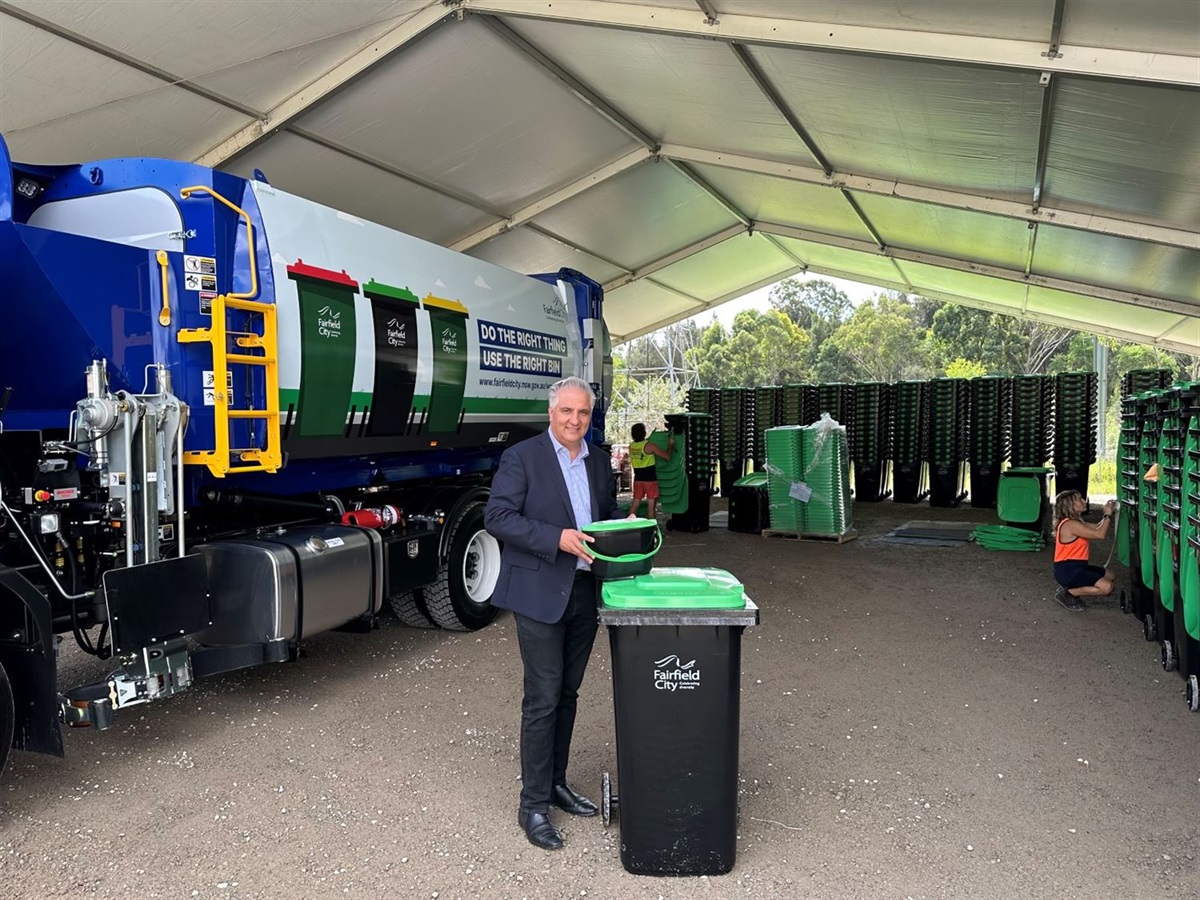Baysiders are embracing recycling but one habit is jeopardising their great efforts.
Our bin inspectors have found some households are putting their recycling into bags before the lot in the bin.
This hampers the recyclable items from being sorted correctly and recovered into new products.
Bagged recycling was the second most common contaminant found (after soft plastics) within contaminated recycling bins.
Contamination occurs when items that can’t be recycled are placed in the recycling bin and they render all of the bin’s contents non-recyclable. The entire bag and its contents are considered contamination and removed.
Recycling in bags can’t be sorted at Material Recovery Facilities because they can:
- damage equipment by getting caught in the machines
- present a health and safety risk to staff who sort recycling as the contents of the bag are not visible and may include sharp objects.
Baysiders are not alone in making this mistake. About 17% of Victorians put their recycling in plastic bags.
Putting loose, unbagged recycling items into your bin means they can be sorted and processed; more items can be made into new products (such as roads, footpaths, glass jars, planter boxes and benches and environmental impacts from new or raw materials are reduced.
Collect your recycling in a basket, plastic tub or cardboard box and tip the contents into your household recycling bin so that all items go in separately.
Check what can be recycled
Your blue recycling bins accepts:
- aluminium foil, cans and trays
- steel cans and trays
- glass bottles and jars and lids
- paper and cardboard
- rigid household plastics and their lids e.g. milk bottles, soft drink bottles, washing liquid bottles, yoghurt tubs, etc.
Check what can go in your bins








